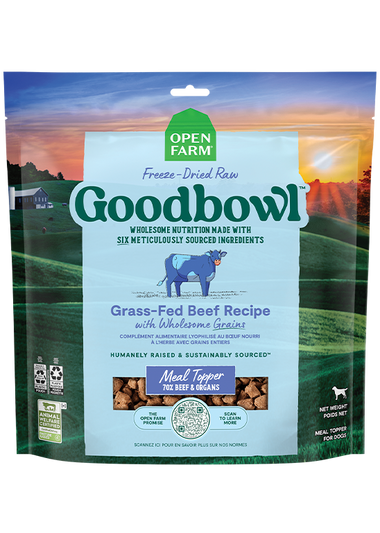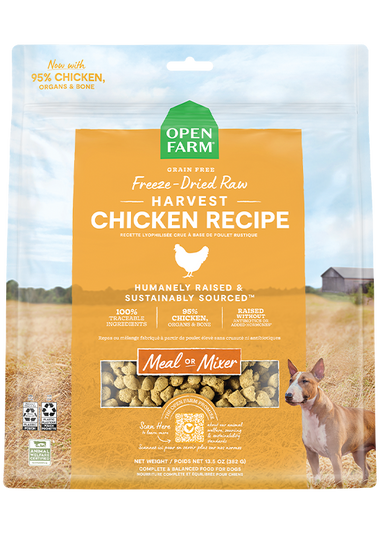Training your dog can sometimes be a difficult task, but with the right tools, an abundance of patience and a motivating reward, training can be a rewarding experience for both you and your pet! We've asked Emily Shirey, a professional dog trainer to share some tips and tricks when it comes to training your dog with food.
Q: What are some tips for training my dog with food?
A: I train all dogs with food, regardless of their age or experience! From the time puppies come home from the breeder to my adult dogs who have years of training under their belt, I use food to motivate, teach, reward, and maintain good behavior. When using food, it’s important to use small, easy-to-chew pieces of food so we can reward frequently and get back to training quickly! Using your dog’s kibble is a great option, but if you need something of higher value, my go-to treat is Open Farm’s Freeze Dried Raw. I like to train my dogs before feeding them their meal, so that they are excited to work with me for food!
When teaching a new skill, it’s important to be correct in your timing. Mark the behavior as soon as it happens, that way your dog knows exactly what you are looking for! If you are teaching sit, be sure to feed or mark (generally with a “yes”) as soon as their bottom hits the ground! In the beginning, reward with food for each time the behavior is performed. Overtime, we can lower the frequency of rewards (think 1 in 3 sits gets a treat) in order to have a pup that performs the behavior even when you don’t have a treat readily available. For more information on using rewards in training, check out this podcast here.

Q: Why is my dog great at home, but not outside of the house?
A: Distractions outside of the home can be a real challenge for dogs! Other people, dogs, squirrels, smells, etc. can all compete with our dog’s attention, causing them to struggle with behaviors they do well with at home. To be successful with high distractions, we need to work up to them. Think of impulse control and focus as a muscle that needs to be worked out slowly and consistently overtime to get stronger. If you would like your dog to sit politely in public, start by practicing sitting politely inside with no distractions. Reward your dog with food for sitting for a short duration inside. Once your dog does well with that, add in a small distraction, such as sitting politely as you put their food on the ground. Once your dog is consistently successful with your new distraction, move on to a slightly harder one. The next step might be sitting politely in the backyard, then sitting politely on the driveway, then sitting politely on the driveway as people walk by, then sitting politely on a walk while you talk to neighbors, and so on. Anytime you are struggling with a certain distraction, don’t make it any harder until your dog is successful at that level. Be sure to bring high-value treats with you for harder distractions to reward good behavior!
Q: If my dog is just a pet, do I still need to train it?
A: Absolutely! Training is a great way to improve the quality of your dog’s life and your relationship together! Well-behaved, obedient pets can experience freedoms and privileges that untrained dogs can’t. For instance, owners with dogs who have polite leash manners are more likely to take them for walks, which enriches the quality of both the dog’s and owner’s lives! Having a dog that is well-behaved in a variety of situations, from new environments, to having guests over, to trips to the vet, means more opportunities for fun and reducing anxiety-causing experiences. All dogs will benefit from crate training, place work (stay), walking politely on the leash, and socialization (being comfortable in a variety of situations). Working on these skills together will build your relationship with your pup and can open a whole new way of living together! If you are struggling with your pup but want to experience the joy of a well-behaved dog, reach out to a quality, reputable dog trainer in your area.






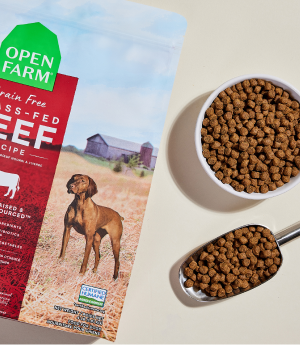

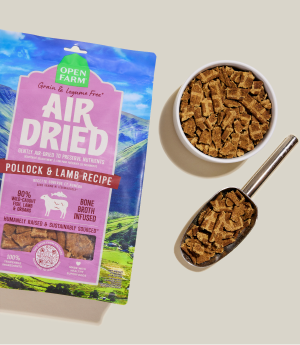

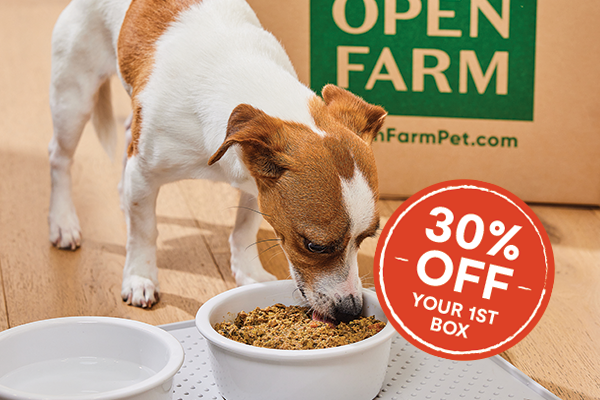

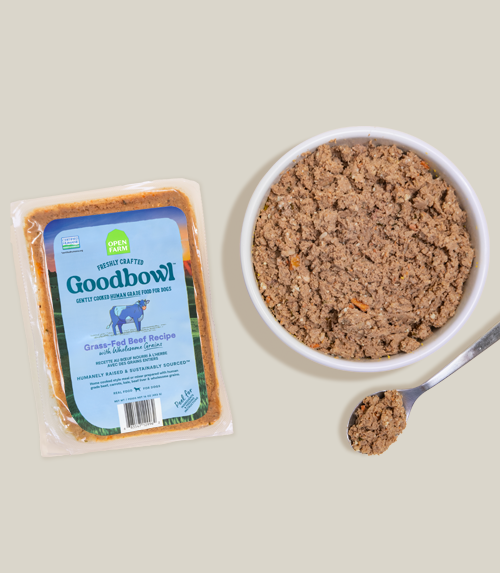

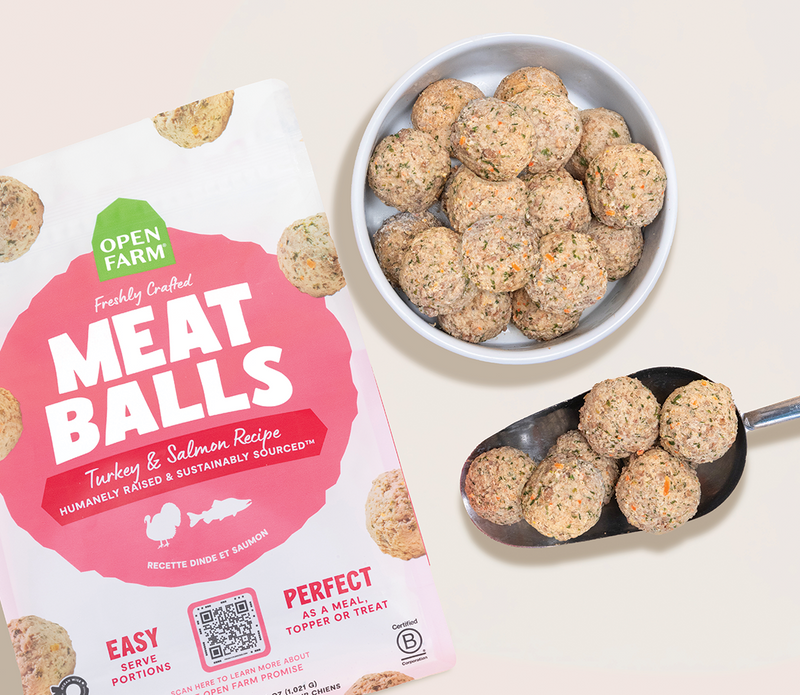
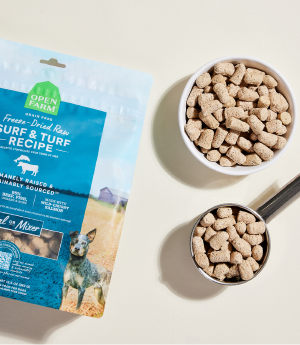
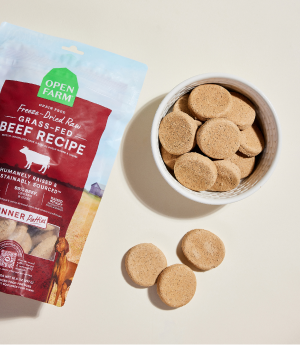
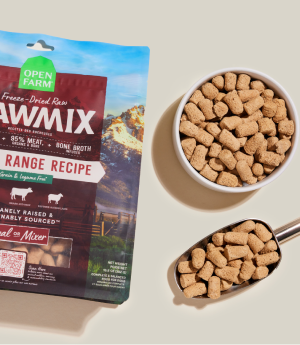
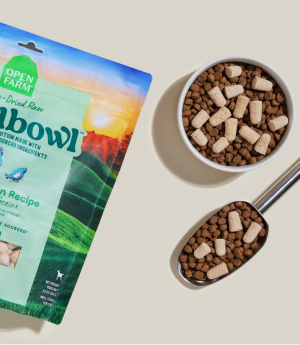
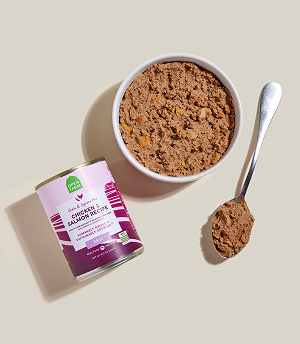
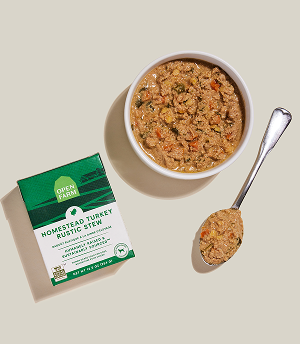
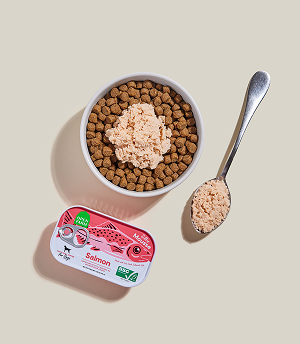
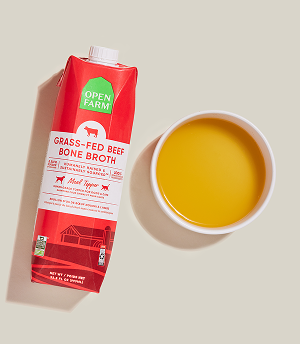

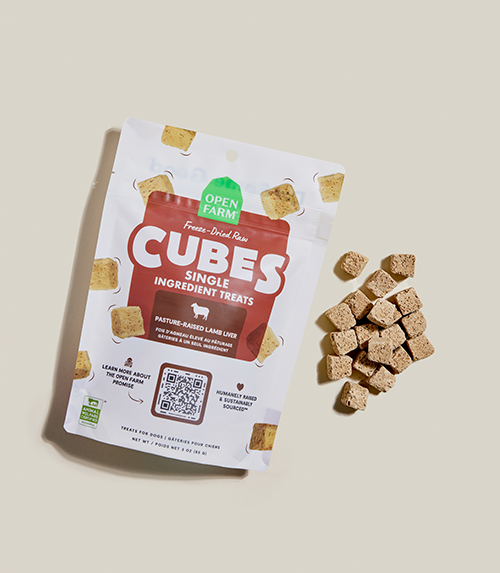
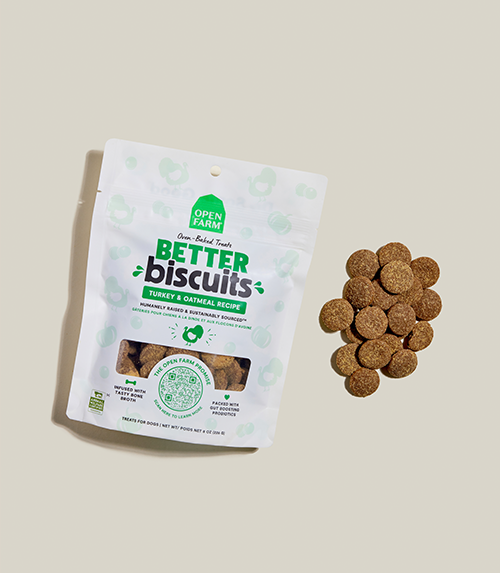











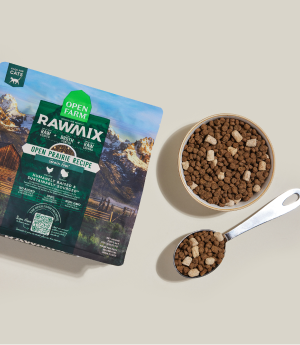
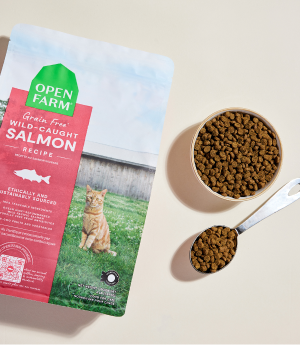
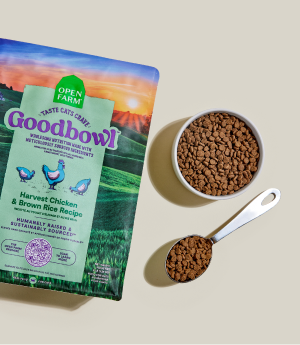
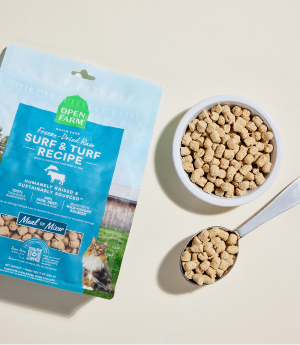
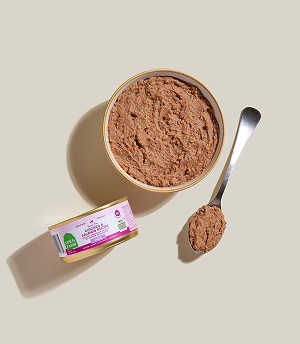
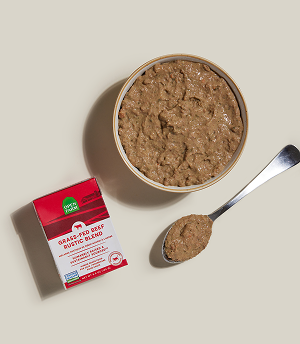
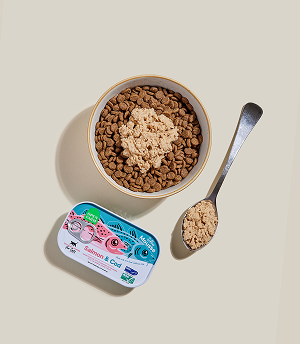
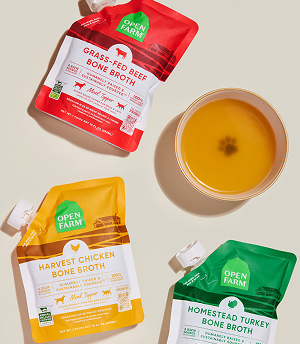
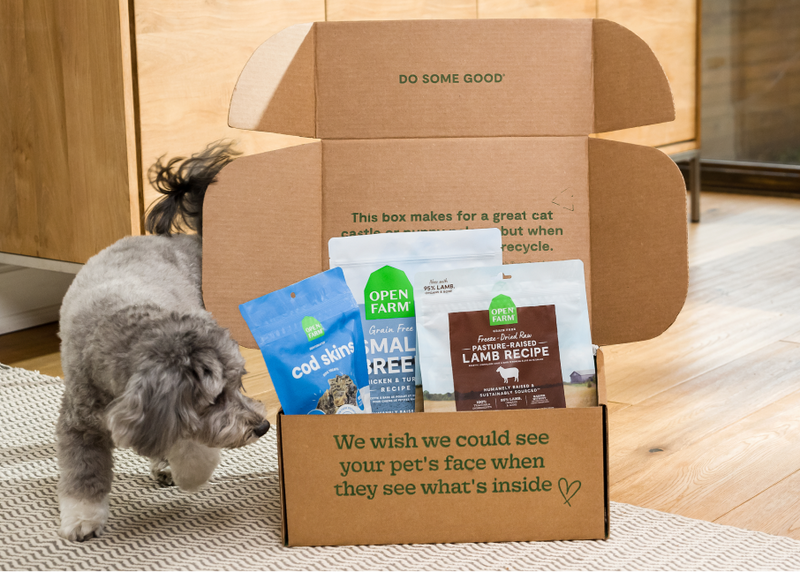
 Sign In
Sign In
 Create Account
Create Account





